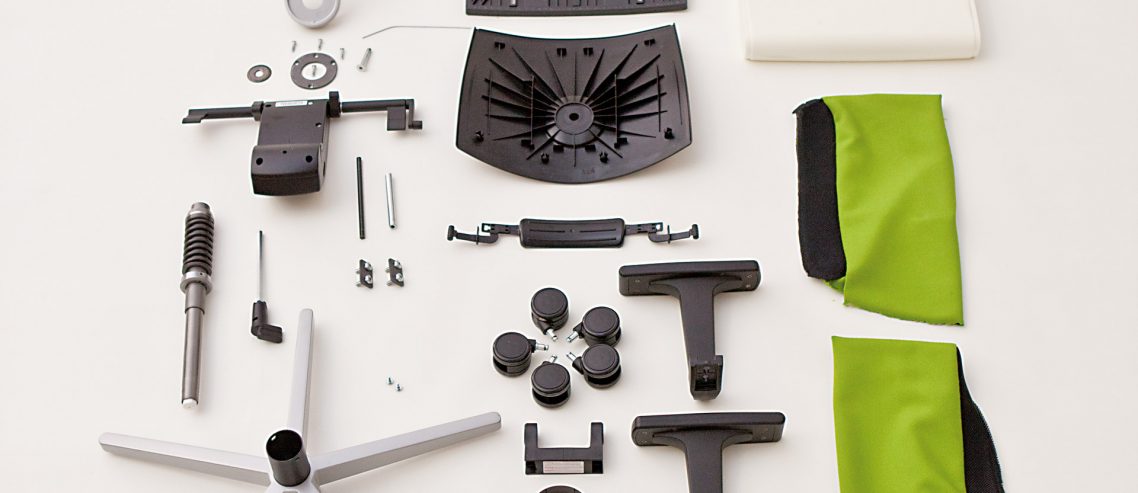Sustainable depends on attention to detail: Sedus exemplifies the quality of Made in Germany
Sedus factory Dogern
One of the most important characteristics of Sedus Stoll AG is the firm’s high level of vertical integration. On average, this accounts for half of the value added in the company’s operations. That is why all essential processes related to environmental performance take place in house and are monitored constantly. Manufacturing at Sedus Stoll AG is divided into four distinct domains:
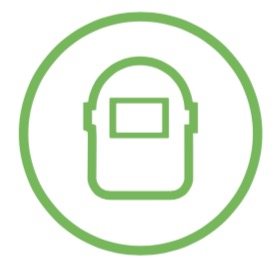
Metalworking Here, raw materials such as tubes and sheet metal are transformed into blanks by processes such as machining, grinding, honing, joining and forming. Processing also includes the use of mechanical presses, machinery for turning, milling, bending, grinding, drilling and laser finishing as well as welding robots. In part, these are organised in finishing islands within the factory.

Surface coating Most part finished products some form of surface treatment or coating to protect them from corrosion and light damage. Parts are either galvanised with the application of a layer of nickel-chrome or powder coated. In September 2010 an new modern electroplating plant was installed at the Dogern factory. It facilitates greater efficiency in environmentally crucial processes such as waste water treatment which must take place within specified time limits.
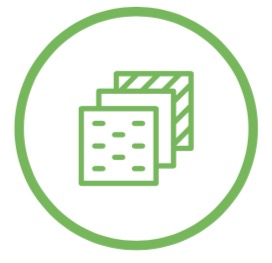
Upholstery and stitching This is the process whereby materials such as foam, textiles and leather are cut to size, upholstery foam is bonded with solvent-free glue to seats and backrests, before being upholstered with the fabrics and leather. More elaborate upholstery is finished in the stitching shop. CNC controlled textile cutting tables keeps waste to an absolute minimum and contributes greatly to the conservation of resources and minimisation of waste.
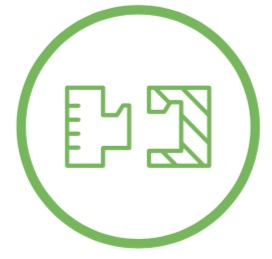
Final assembly At this stage of the manufacturing process, metal and wooden components along with upholstered elements into the finished products (task seating, soft seating, partitions). The finished products are then packed and prepared for dispatch.
Sedus factory Geseke
Production at Sedus Systems GmbH incorporates three areas: wood working, parts production and assembly.
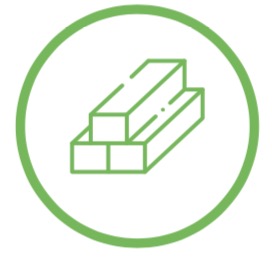
Wooden components such as armrests, backrests, seat shells, and table tops are manufactured from raw materials including boards, laminates and veneers. Depending on the final intended use, the materials are veneered, laminated, sawn or milled. All visible elements are polished before final assembly and, if necessary, stained. Conference tables, workstations and storage units are shipped after a final inspection. Any part-finished products flow to the upholstery shop or are sent straight to final assembly.
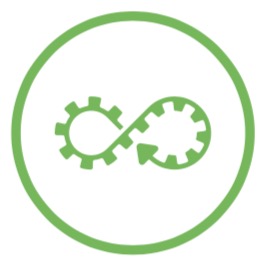
Parts production is responsible for the creation of almost all wooden components for the manufacture of office tables and cabinets. The completely interlinked, highly flexible and fully automatic machines can make and supply the components in a batch size of just one.
The fundamental process is the manufacture of melamine resin HPL-coated chipboards of quality E1. With just a few exceptions, we purchase solely PEFC-certified products such as chipboard. Components are cut from raw materials to the required size. Edging is then applied using the latest laser technology and consists exclusively of polypropylene (PP) for environmental protection and effective end of life disposal. This creates a high-strength, moisture- and heat-resistant join between the edge and the panel without any adhesives and appears completely seamless. In addition to its exceptional physical characteristics, this achieves an extremely pleasing aesthetic finish. All drilling, milling and fitting work is then carried out on the drilling line; wooden dowels are also set and glued automatically.

Assembly To minimise unnecessary and disruptive flows of components and processes, the planning and implementation of the manufacturing layout is based on a direct material flow.
Storage and cabinet components are assembled by hand on a dedicated line. Wooden components are assembled to form the carcase before being glued in a press. Additional elements such as shelves, skirting panels and locks are added. Finally, each piece of furniture is inspected by quality control and sent to the dispatch area to be packed. Packaging material is designed to rule out damage or soiling during transport as far as possible.
The assembly of desks is also carried out on the line. Worksurfaces are equipped and packed with structures and, if required, with cable management, electronic switches, and so on. Because of their handedness and value, meeting extensions are attached to individual workstations.
https://www.youtube.com/watch?v=nPfrMJU4hO0
